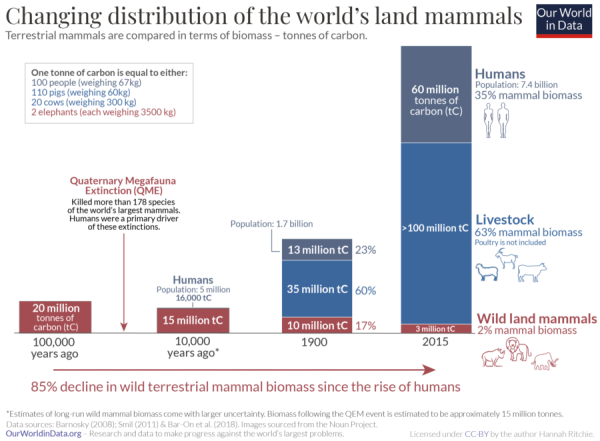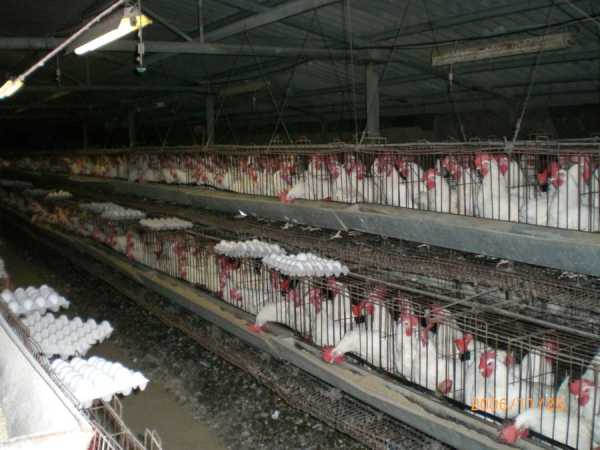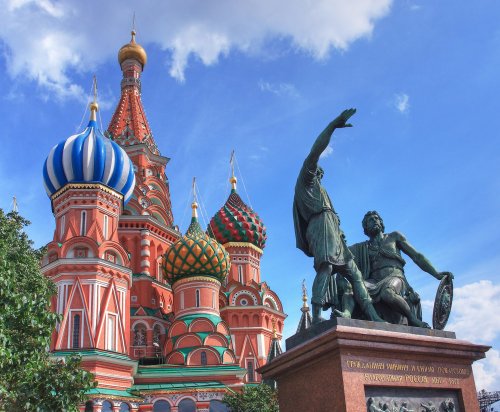In 2018, a team of researchers said the vast number of chicken bones on the planet (belonging to birds bred specifically for human consumption) meant they could be the most remarkable fossils of our time.

Wikimedia CommonsLights of the Earth's night cities.
According to Smithsonian Magazine, some experts argue that human civilization is currently in an era called the “Anthropocene,” a term that describes the unprecedented impact humans have on the planet.
The term itself is technically still just a proposal and is not necessarily widely accepted as a geological epoch. However, it was popularized by atmospheric chemist Paul Crutzen around 2000. Simply put, the word implies that humanity has fundamentally altered the planet's geological and ecological processes to the point that it is worthy of being its own, new chapter in Earth history as a whole.

University of Alberta. Thanks to human intervention, chickens are now growing much faster and larger than they did many years ago. This rapid change has also had a significant impact on their skeletal structure and bone structure.
A study published in the journal Royal Society Open Science argues that the remains of domesticated chickens will become an important marker of our civilisation and our changing biosphere, in part because they are so abundant.
As of 2020, the global chicken population has surpassed 33 billion, making them the most numerous domesticated animal in the world. This also means that chickens greatly outnumber humans, as the world's population is estimated to be just over 8.2 billion.
It is estimated that more than 70 billion chickens will be slaughtered annually worldwide in 2022, mainly to satisfy our insatiable appetite for poultry, and the rate of chicken consumption is only expected to increase. If this trend continues, it means that chicken will eventually displace pork as the most consumed meat in the world.
As Vox reported in 2021, chicken is particularly prevalent in the American diet, with Americans consuming roughly twice as much of it as they did in the 1970s. One of the main reasons for this is the widespread industrialization of poultry farming and how much easier it is to raise poultry compared to beef or pork, especially given how quickly chickens reach maturity and how they can be raised on less land than cattle.

Levi T./UnsplashModern chicken bones tend to hold up well in landfills.
While the bones of most wild birds are susceptible to decomposition, the bones of domestic chickens are often thrown into landfills, where organic material is usually well preserved. The researchers say many of these bones are likely mummified, leading lead author Carys E. Bennett to say that chickens are “a potential future fossil of this era.”
Bennett also said of future paleontologists who might discover discarded chicken bones: “I think it's going to just blow people away. How did this animal evolve that it can't actually support its own weight and reach adult size? And why does it have this weird, porous bone?”
Eventually, it will likely become clear that humans modified these chickens to feed and satisfy as many people as possible, and the birds' remains will become one of the most vivid markers of Earth's changing biosphere.
So while humanity has certainly made many significant advances over hundreds of thousands of years, ultimately it seems likely that the greatest legacy humans will leave behind will be evidence of our dependence on chicken.
Next, we'll look at these long-lost civilizations. Then, check out a recent theory that may solve the mystery of the Mayan civilization's disappearance.
Sourse: www.allthatsinteresting.com





